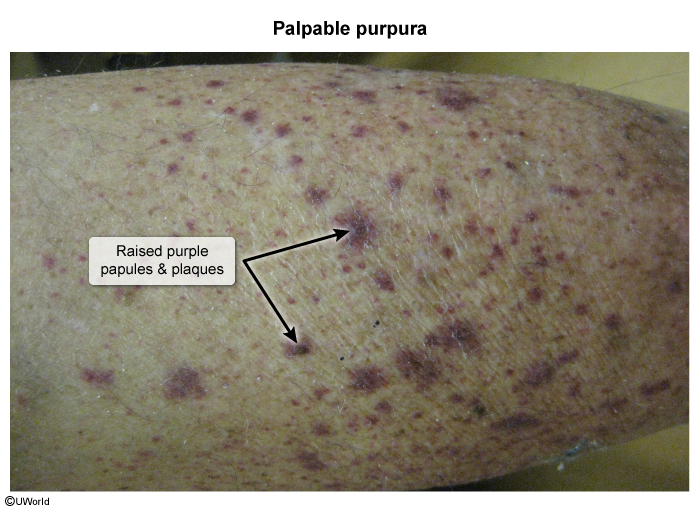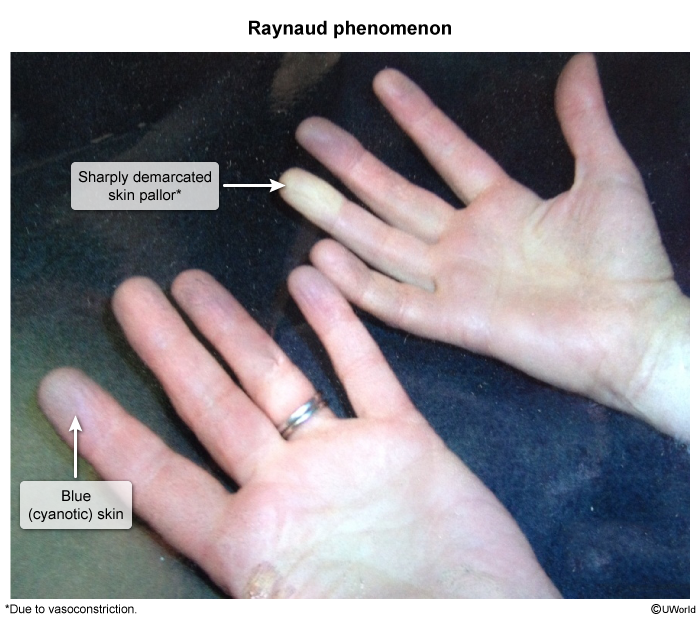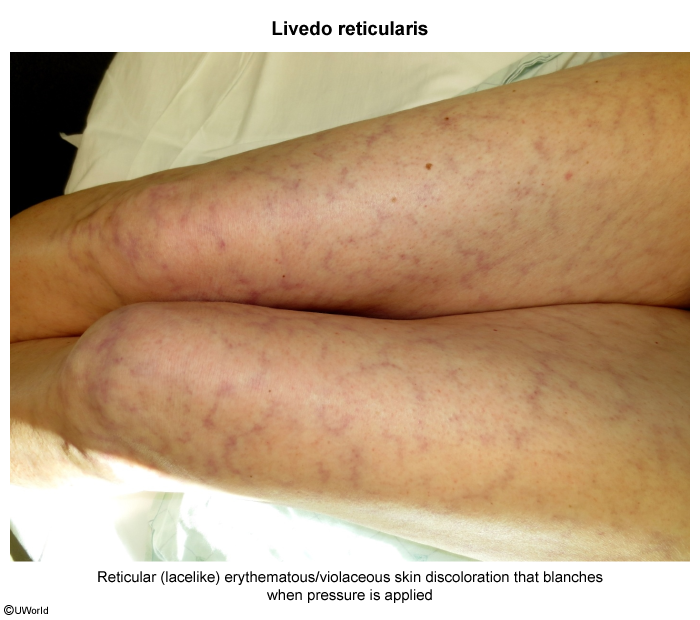Cryoglobulinemia
Article Sections
Introduction
Cryoglobulins are abnormal immunoglobulins that characteristically precipitate at temperatures below 37 C (98.6 F) and dissolve on rewarming. The presence of these immunoglobulins in the serum is referred to as cryoglobulinemia. Cryoglobulins can form immune complexes (ICs) that deposit within small- to medium-sized blood vessels, triggering inflammation and tissue damage (ie, cryoglobulinemic vasculitis). In addition, cryoglobulins can increase serum viscosity, leading to mechanical occlusion of the microcirculation.
Classification
Cryoglobulinemia is classified into 3 types based on immunoglobulin composition:
- Type I: Single monoclonal immunoglobulin (IgM or IgG), usually associated with lymphoproliferative disorders (eg, multiple myeloma, Waldenström macroglobulinemia).
- Type II: Mixed cryoglobulins comprising monoclonal IgM with rheumatoid factor (RF) activity and polyclonal IgG; strongly linked to chronic hepatitis C virus (HCV) infection.
- Type III
Continue Learning with UWorld
Get the full Cryoglobulinemia article plus rich visuals, real-world cases, and in-depth insights from medical experts, all available through the UWorld Medical Library.
Images


